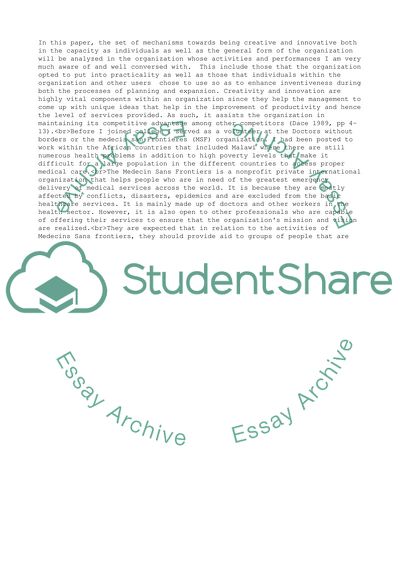Cite this document
(Developing Individual and Organisational Creativity Essay, n.d.)
Developing Individual and Organisational Creativity Essay. https://studentshare.org/human-resources/1816615-developing-individual-and-organisational-creativity
Developing Individual and Organisational Creativity Essay. https://studentshare.org/human-resources/1816615-developing-individual-and-organisational-creativity
(Developing Individual and Organisational Creativity Essay)
Developing Individual and Organisational Creativity Essay. https://studentshare.org/human-resources/1816615-developing-individual-and-organisational-creativity.
Developing Individual and Organisational Creativity Essay. https://studentshare.org/human-resources/1816615-developing-individual-and-organisational-creativity.
“Developing Individual and Organisational Creativity Essay”. https://studentshare.org/human-resources/1816615-developing-individual-and-organisational-creativity.


